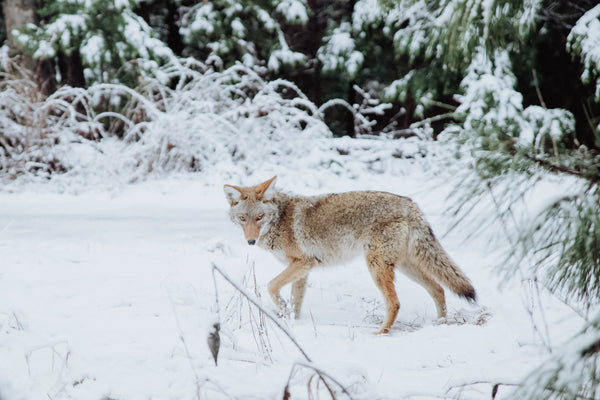
Tips for coyote calling:
- Be creative. Most coyotes will have seen and heard it all by the start of the new year. It's possible to make new sounds or change your position. You can change the sound and position of your coyote calls by remembering what methods you used.

- Focus more on coyote sounds when choosing sounds for your electronic caller during late season calling. Coyotes are more comfortable with howling, fighting, and breeding sounds as they move from self-sustaining to species survival.

- Be patient. Most coyotes who respond to howls will be more cautious than earlier in the season. This means that they will move at a slower pace. It can be worth waiting 10 to 15 minutes more on the stand.
- Start with four to five female lone sounds, which will be repeated for the next two or three minutes. After two more minutes of silence, you can start with some estrus chirps and female whimpers. You can continue this until the 10 minute mark. Play a two-minute group serenade after waiting for the 10-minute mark. Roll into an aggressive coyote fight sound for the remaining 20 minutes. After two minutes of quiet, you can end the stand by making several loud howls. You will know where to go next time you hear a coyote answer if you get one to sit quietly for two more minutes.

- Be prepared for long shots. A scope dial or drop-reticle will help you know the range of your bullet at longer distances. Coyotes can hang up at 300 yards or more later in the season. Just look at the call. This gives you more chances to harvest coyotes.
